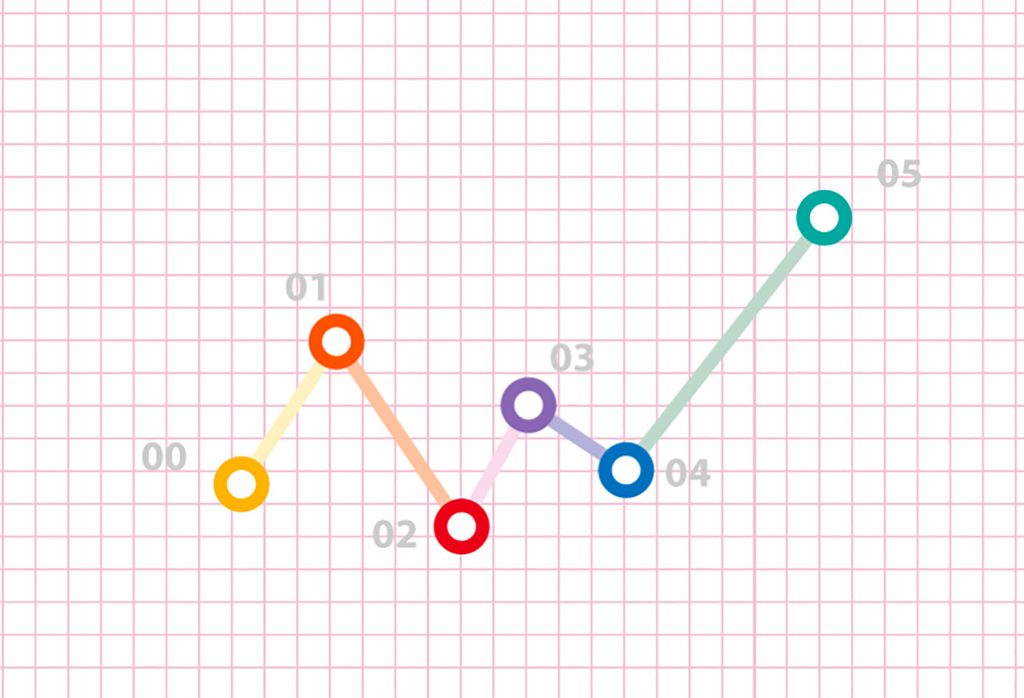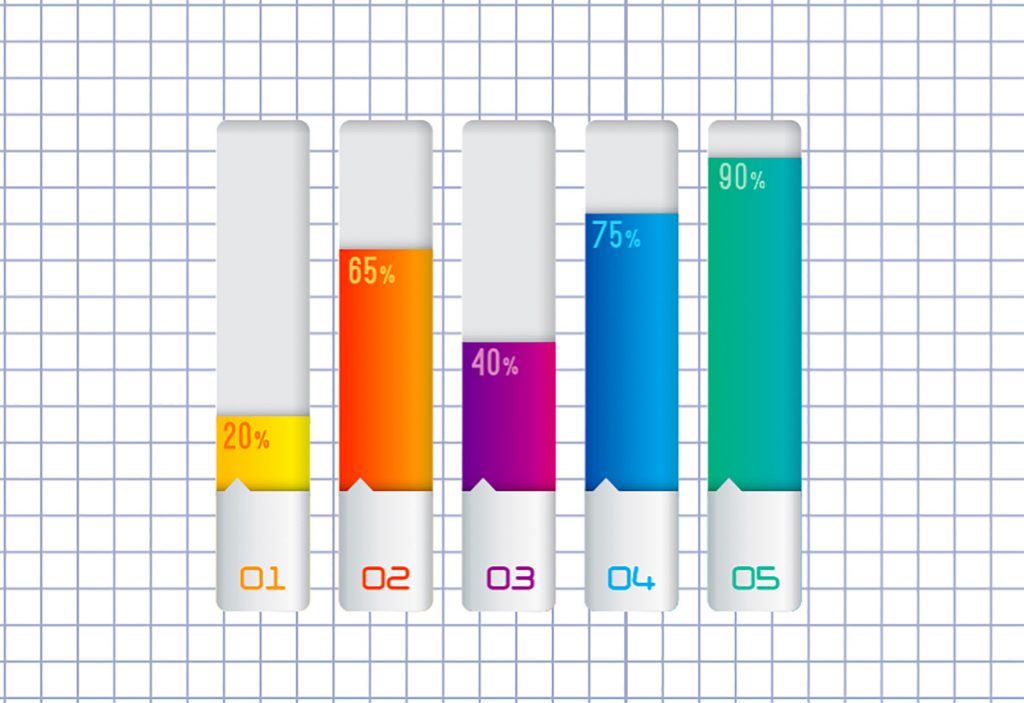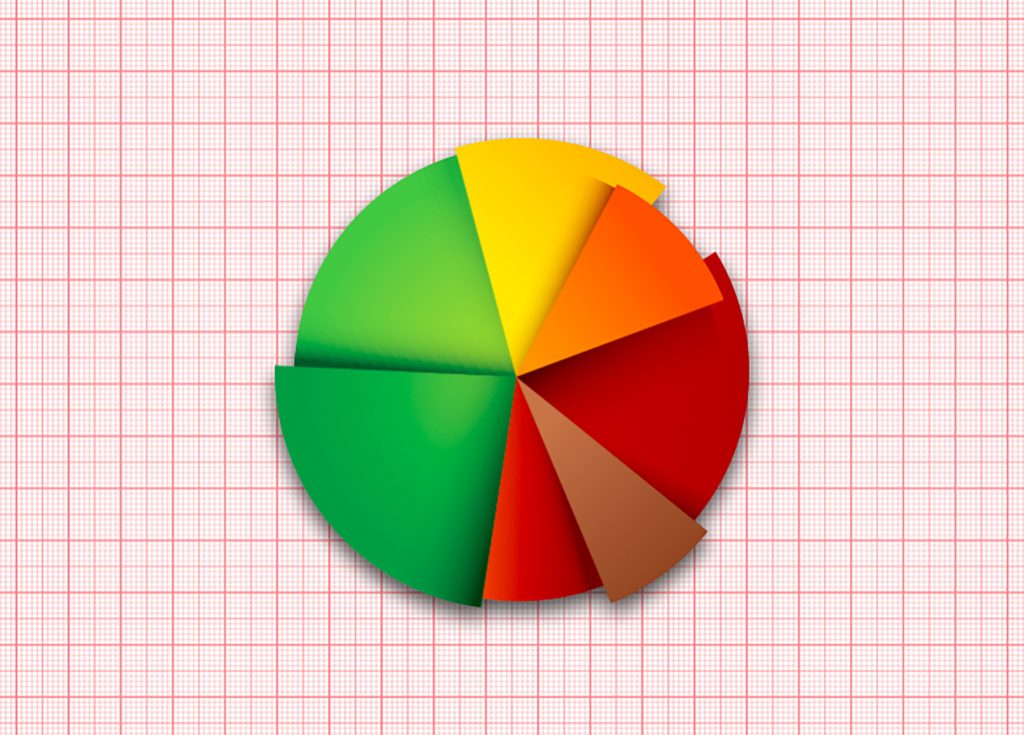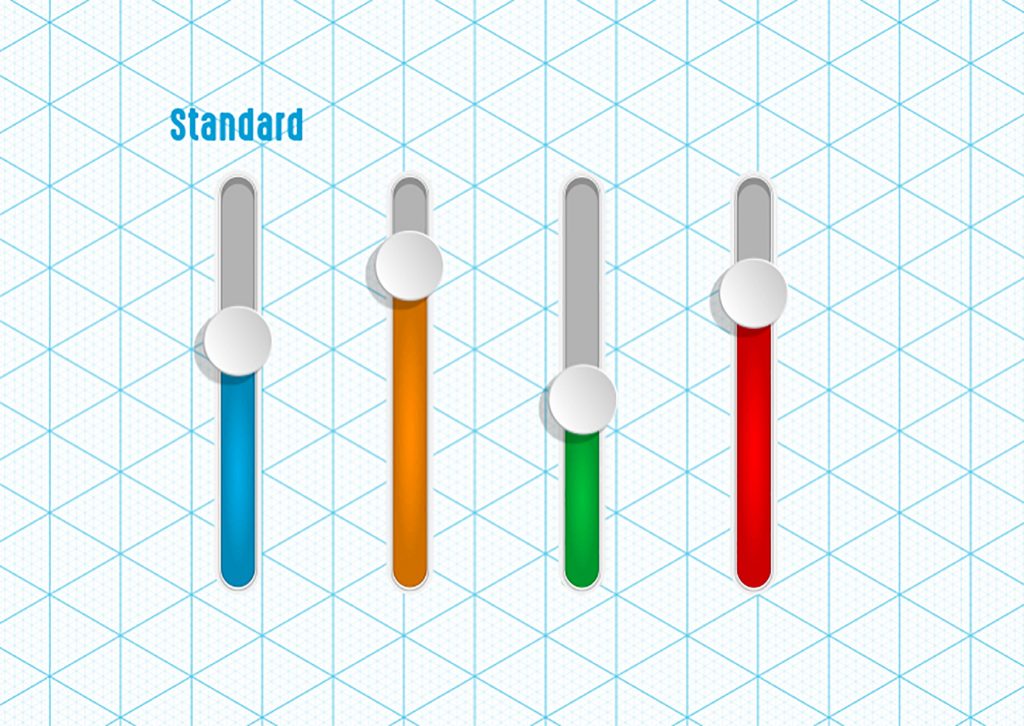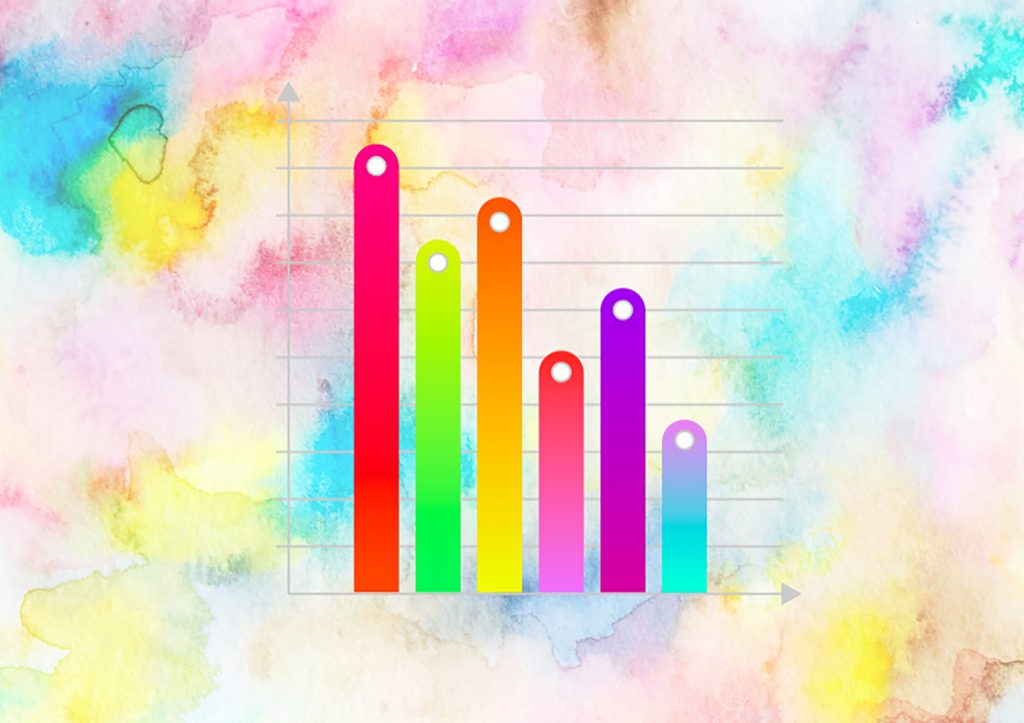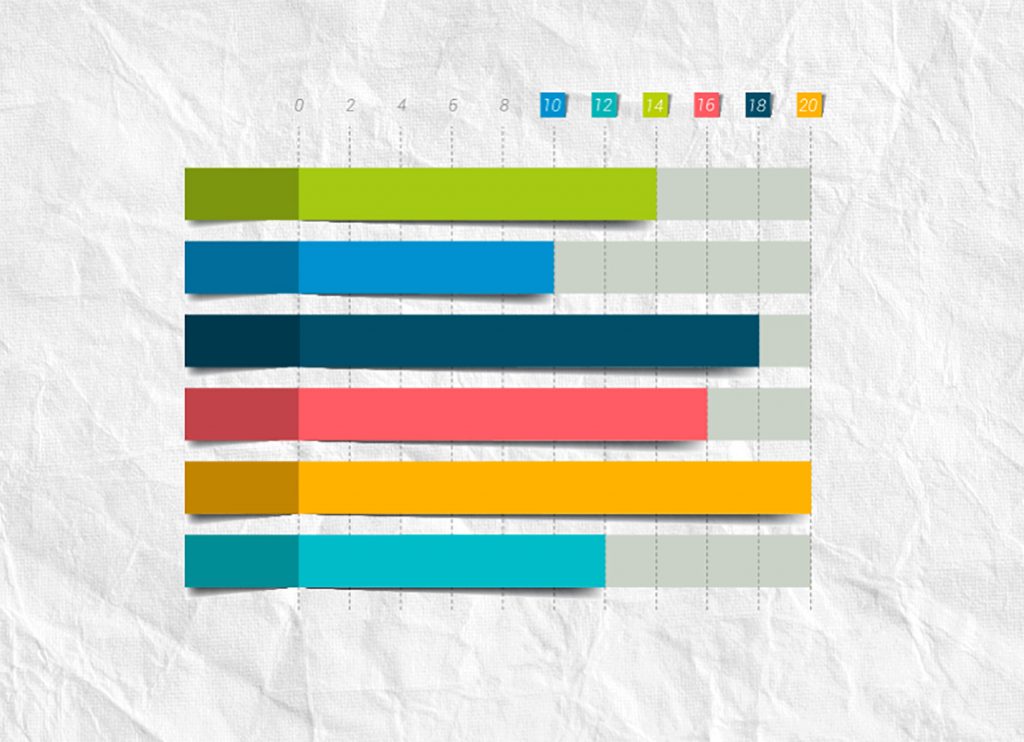
Gene Editing Copying, Deleting, & Inserting DNA

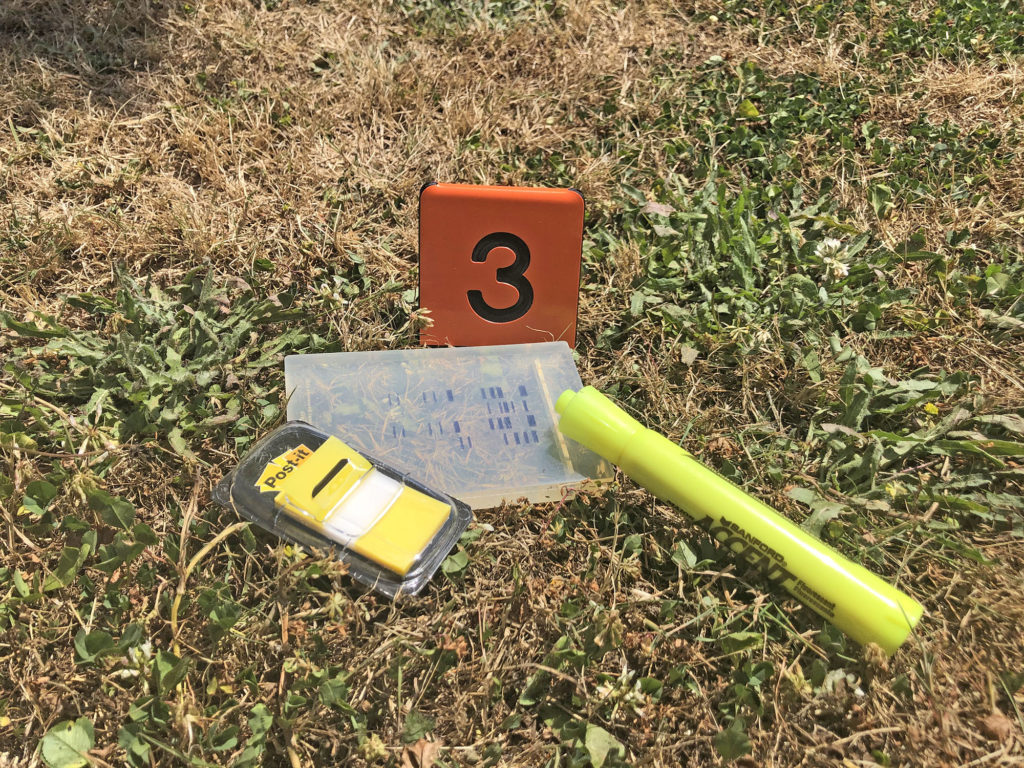
Gene Editing Objectives
-
Match different forms of visualization with the information that is being conveyed.
-
Diagram the steps involved in cutting, copying, and moving pieces of DNA.
-
Describe what gene editing is, where the process originated, and the impact of precise DNA manipulation.
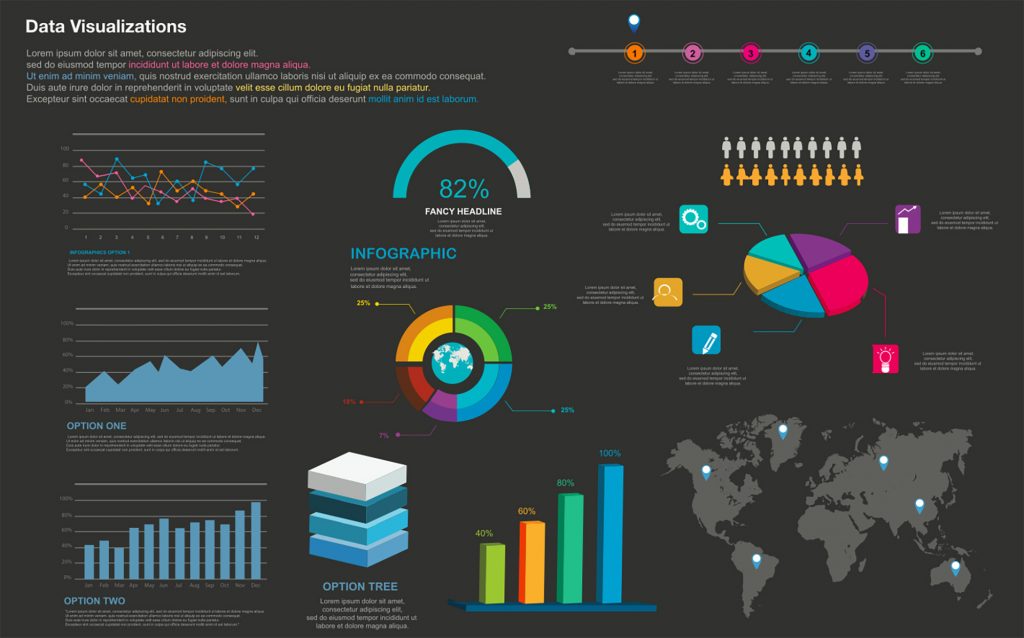
Data visualization is the use of graphs, plots, infographics, and other figures to visually represent data.
Data visualization starts with a choice: selecting the correct format to represent the data accurately.
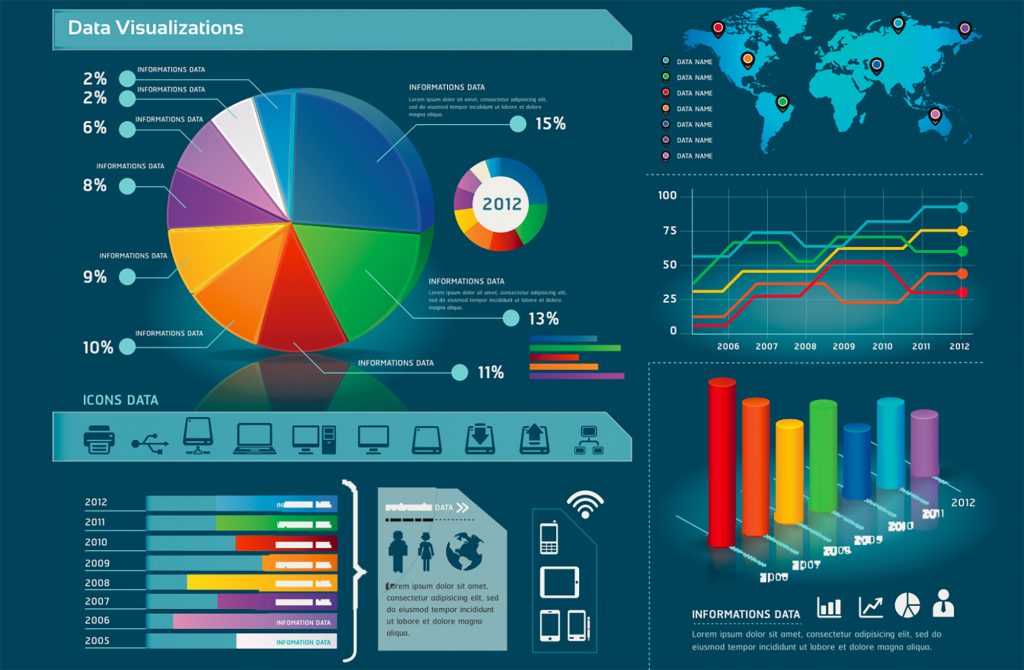
Advance through this slider to review eight common forms of data visualization, and what they represent.
Hover over the images to pause the scroll
Once you have selected a type of figure that accurately represents the data, it is time to add information to make sure the figure is clear and easy to read.
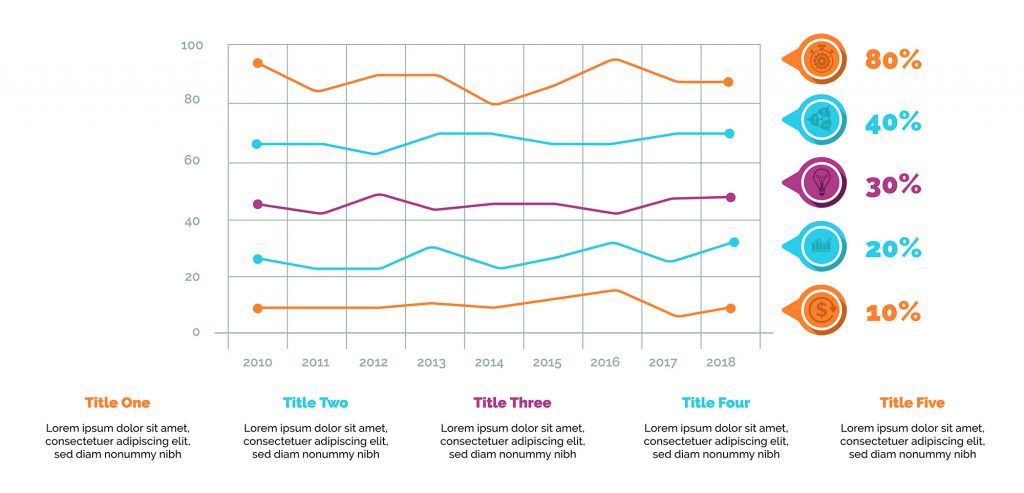
Labels provide critical information on what is included in a figure.
This typically includes a title, labeled axes, and a key of any lines, bars, dots, or other data represented in the chart in which the meaning is not obvious.
Line, colors, textures, and patterns can distinguish between different forms of data.
It is important to minimize information that may distract from the data or lead to misconceptions.
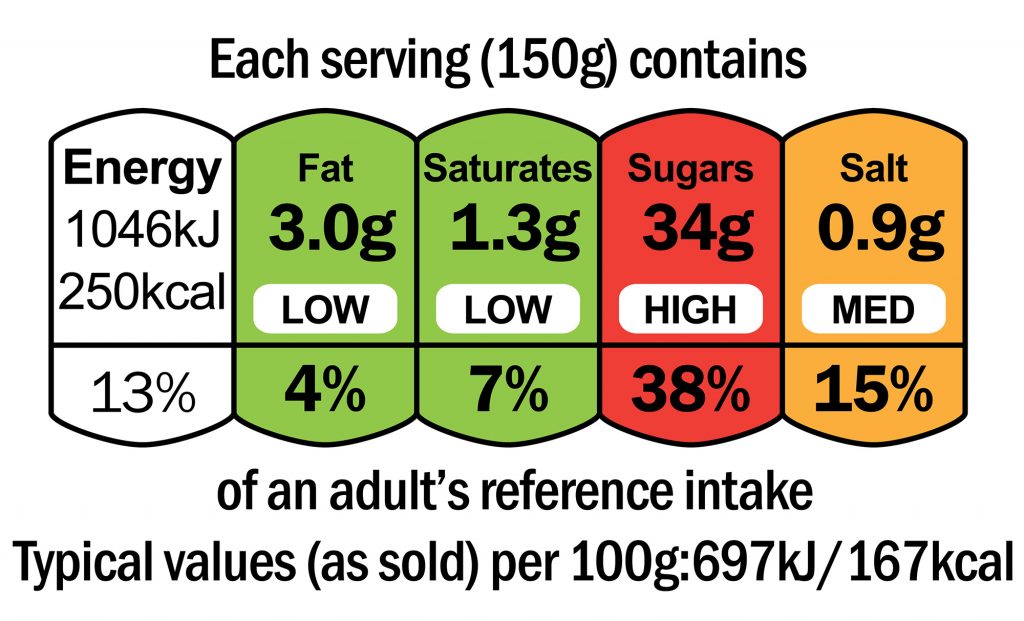
Now, the data visualization needs to be engaging: capturing and holding the viewer’s attention so they will read and think about the figure.
This video presents the idea of making data visualizations engaging to a reader.
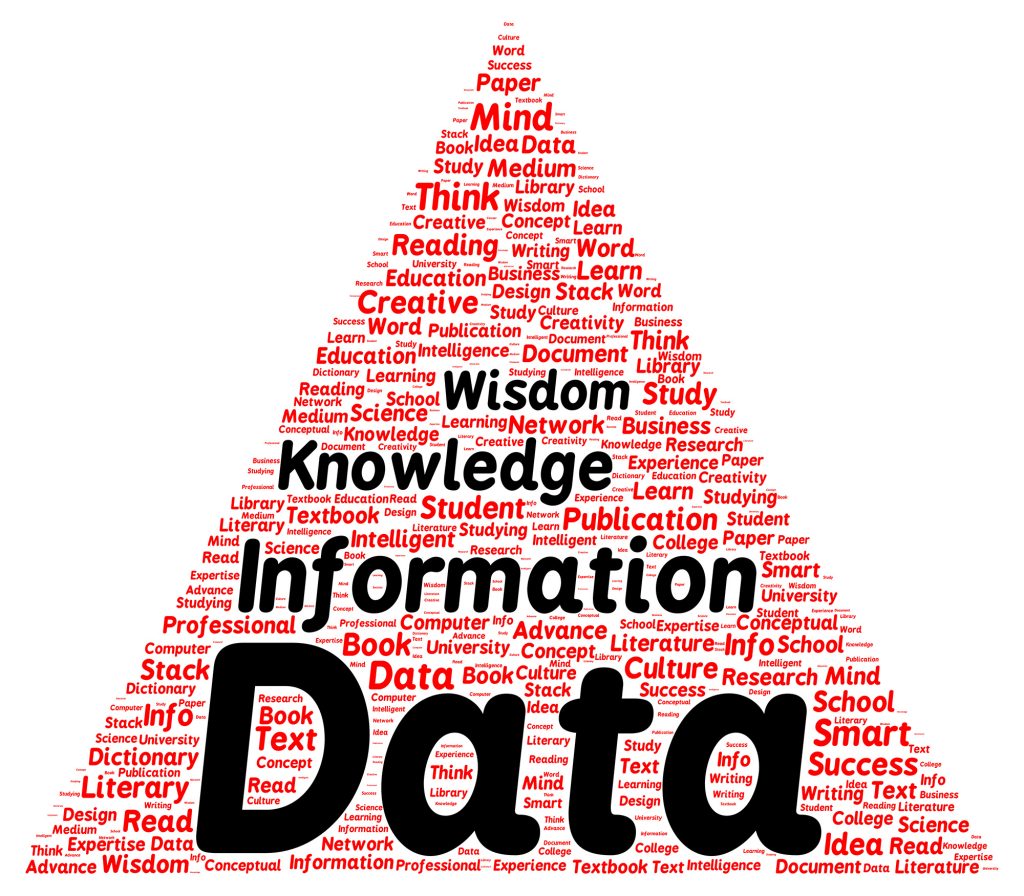
People will not look for information within data, or convert that information into knowledge and usable wisdom, unless the data is presented in an accurate, clear, and compelling manner.
Start this Guide’s second journal assignment here
Journal Page #8: Data Visualization
For this journal page, you are producing a data visualization. This could be your quadrat data, data you already have collected in the past, or new data you collect for this assignment. The data does not need to be related to animals, but does need to be related to some type of natural phenomenon. For example, you could use weather data, the number of hours a pet sleeps, calories in a daily diet, the size of populations in different areas, etc.
Your data visualization needs to:
-
be in a figure format that you feel accurately represents the data. This could be a line chart, bar chart, scatterplot, pie chart, histogram, cartogram (map), or something less conventional.
-
clearly present the data with a title, labels, and/or key as needed.
-
have an engaging design that captures attention. This could be color, patterns, texture, 3D modeling, a witty shape, or whatever you create.
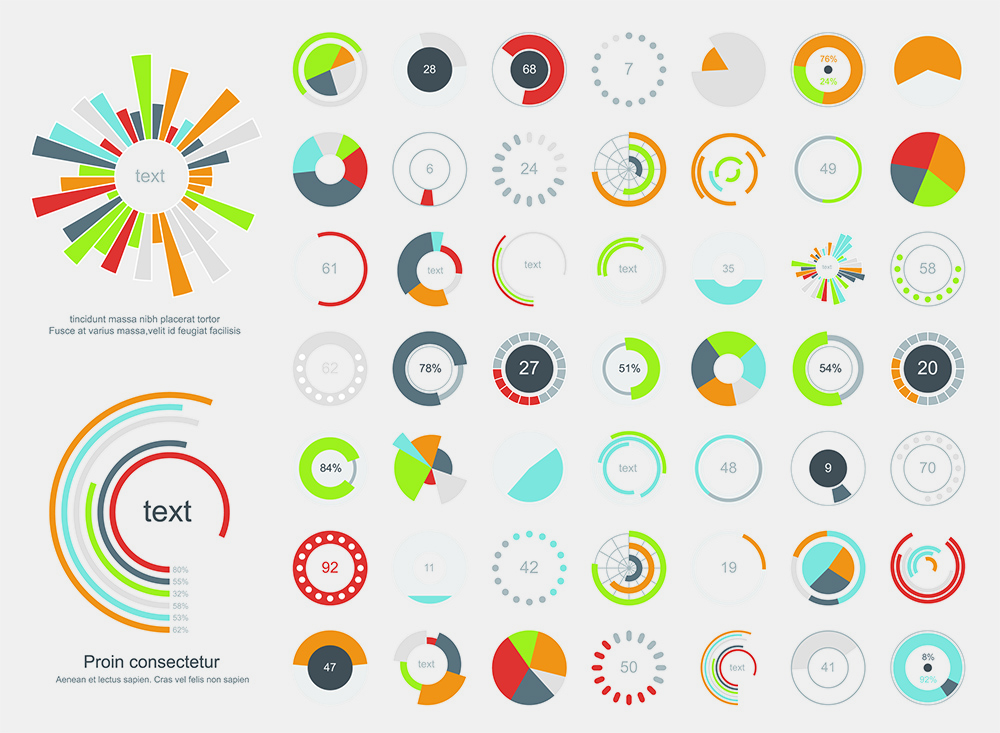
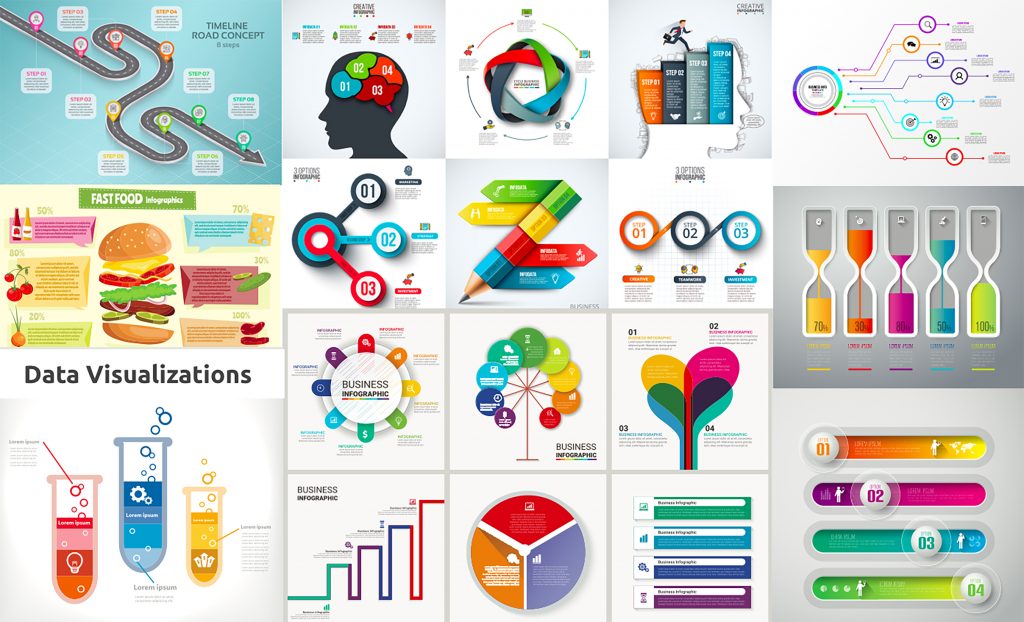

Data visualization can start when you begin collecting the data itself. Field journals can include graph paper so figures can be sketched on location. Consider keeping a field journal for data in either digital or hard copy form.
You can see how the “junk journals” in this photo inspire data collection and visualization in this guide’s resource section.
Genetic Technologies
Data visualizations are critical in understanding genetic technologies.
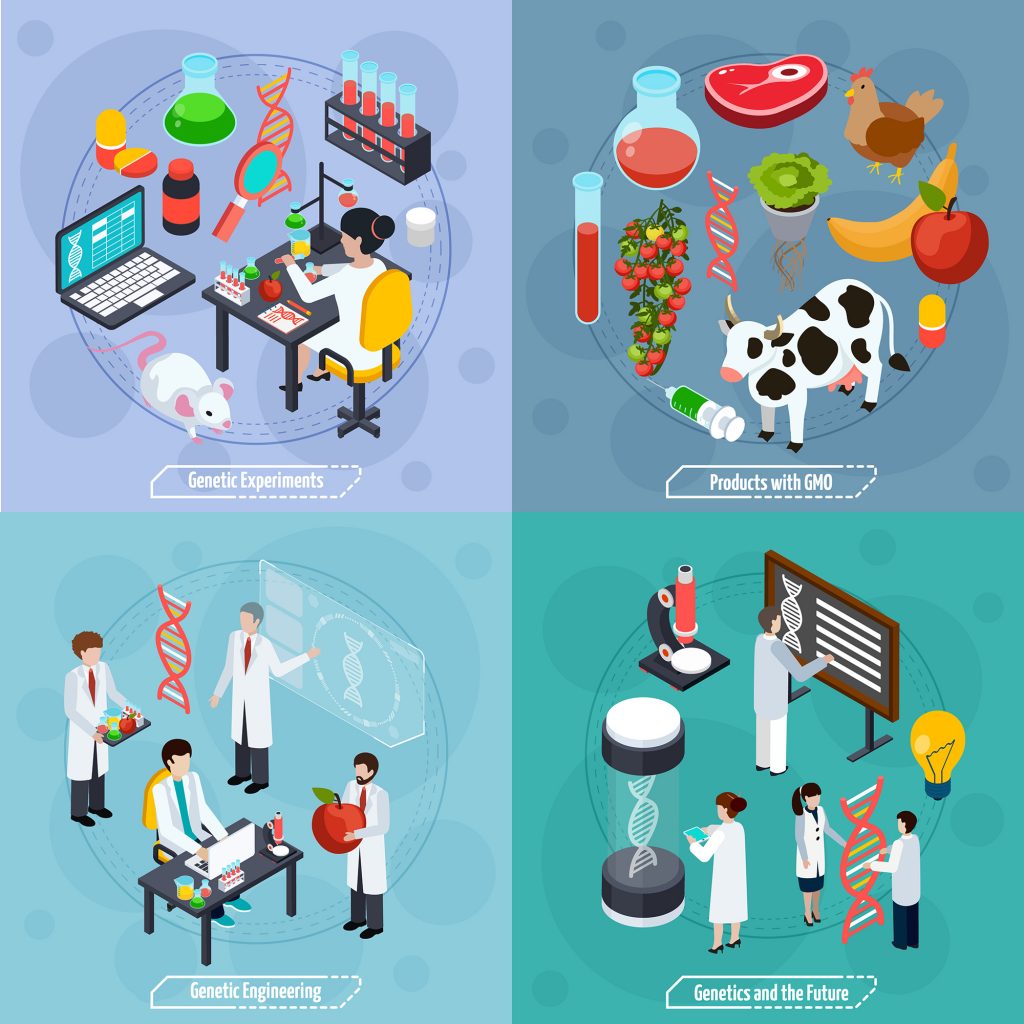
Genetic technologies far surpass artificial selection in the rate and degree of impact we can have on a species’ genetic information.
This video provides an overview of the basic techniques associated with altering the genetic make-up of an organism.
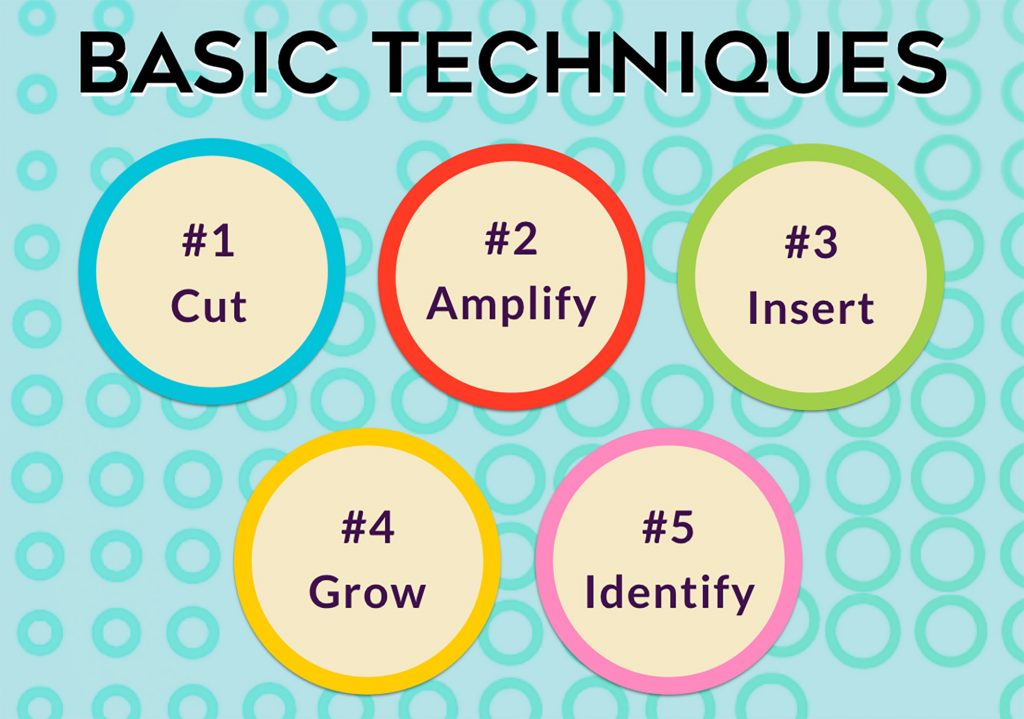
Even as genetic technologies advance, the same basic steps apply: cutting out the desired gene, making more copies inserting the gene into another chromosome, growing cells with the recombined chromosome, and confirming that the transferered gene is present.
This illustration of a-t-c-g is an iconic indicator of the base sequence of a chromosome. It is used in advertisements and movies to indicate genetic technologies.
Similarly, this image of a gel is iconic, and indicates how the a-t-c-g sequence was determined: by separating fragments of DNA on a gel.
Gene Editing
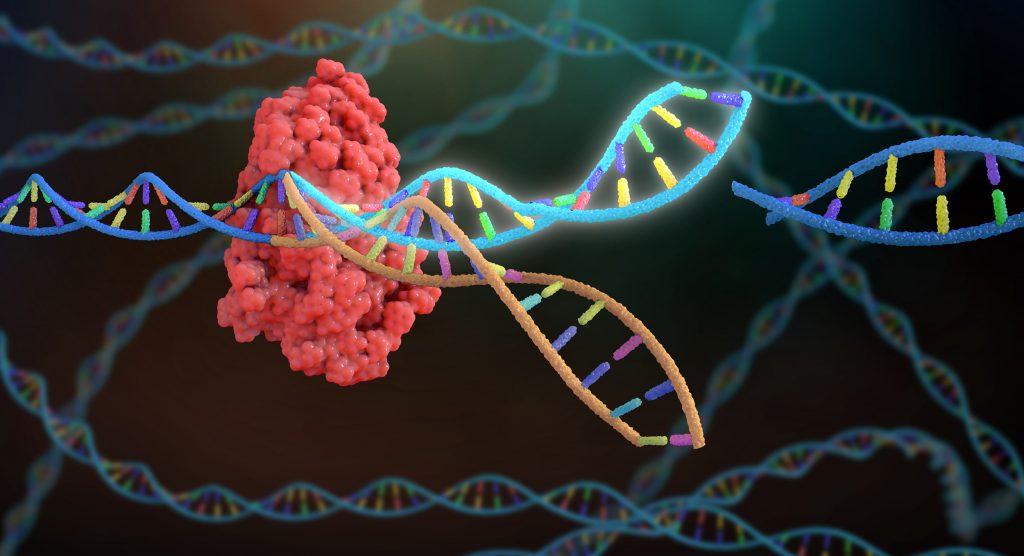
There are many genetic engineering techniques as introduced in the previous section, but now “gene editing” has a more specific meaning.
Bacteria have a sophisticated defense system against bacteria that involves genetic manipulation, and researchers are harnessing and altering their system to create engineered nucleases including CRISPR-Cas9.
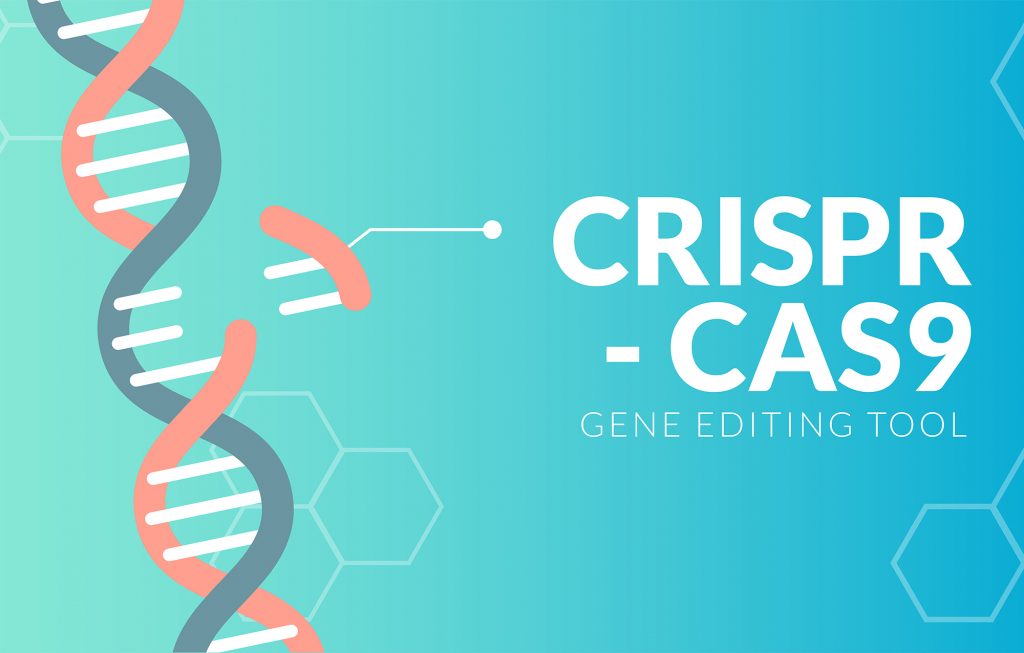
This video introduces where CRISPR came from and how it is used.
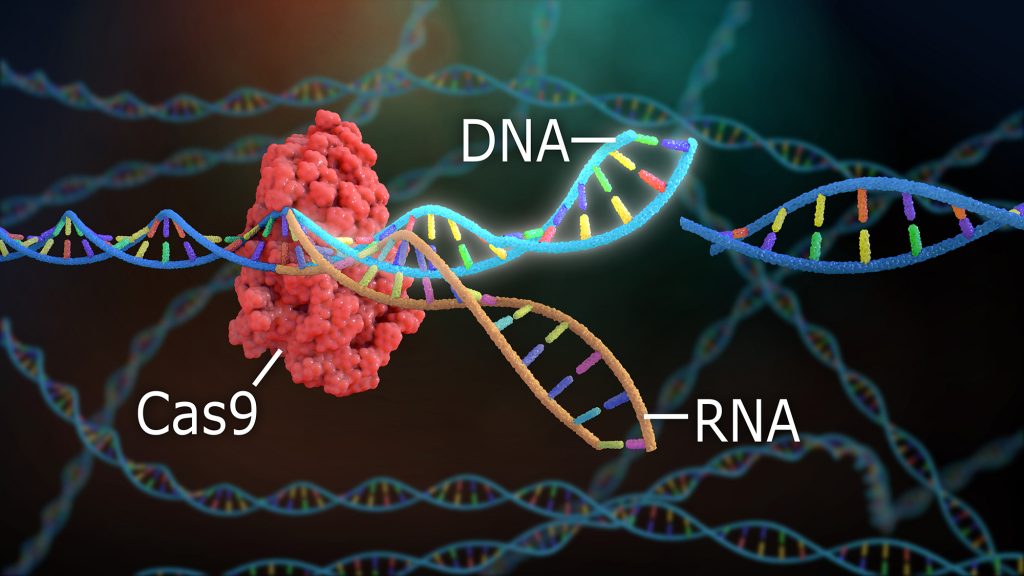
Researchers can use specific guide RNA to direct where CRISPR-Cas9 cuts the DNA. This enables precise deletion of a gene, or cutting open DNA to insert a new gene.
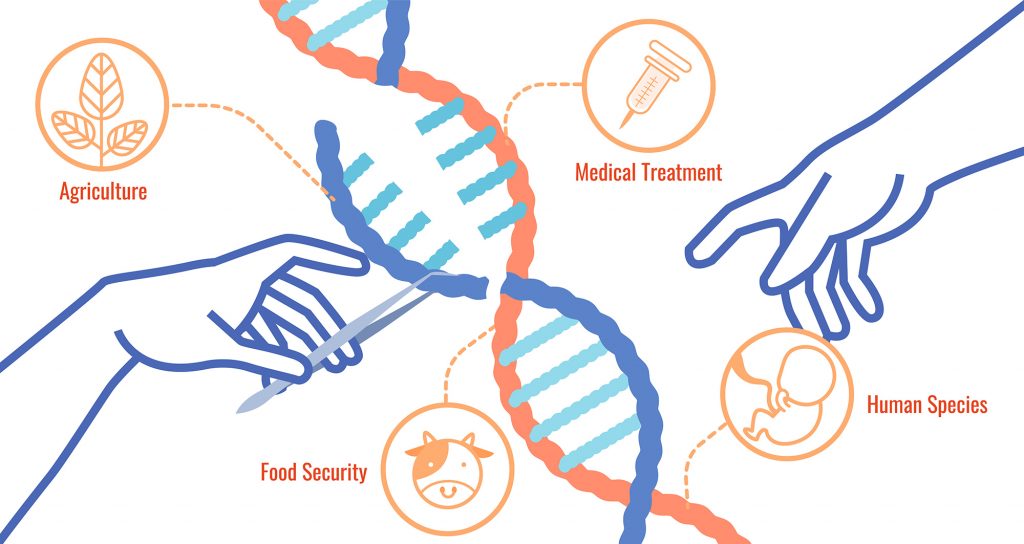
There are numerous potential applications of gene editing, and this technology is getting ahead of the debate and legislation that will likely regulate uses of these techniques.
As new technologies are developed, people will have to decide their comfort with some of the ethical issues that arise.
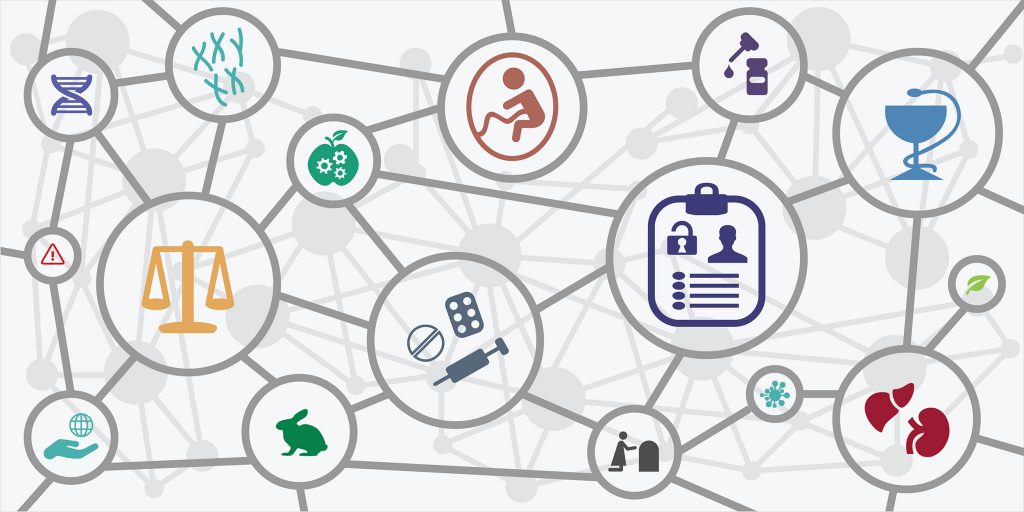
The next section demonstrates how genetic technologies have been used to produce genetically modified organisms.
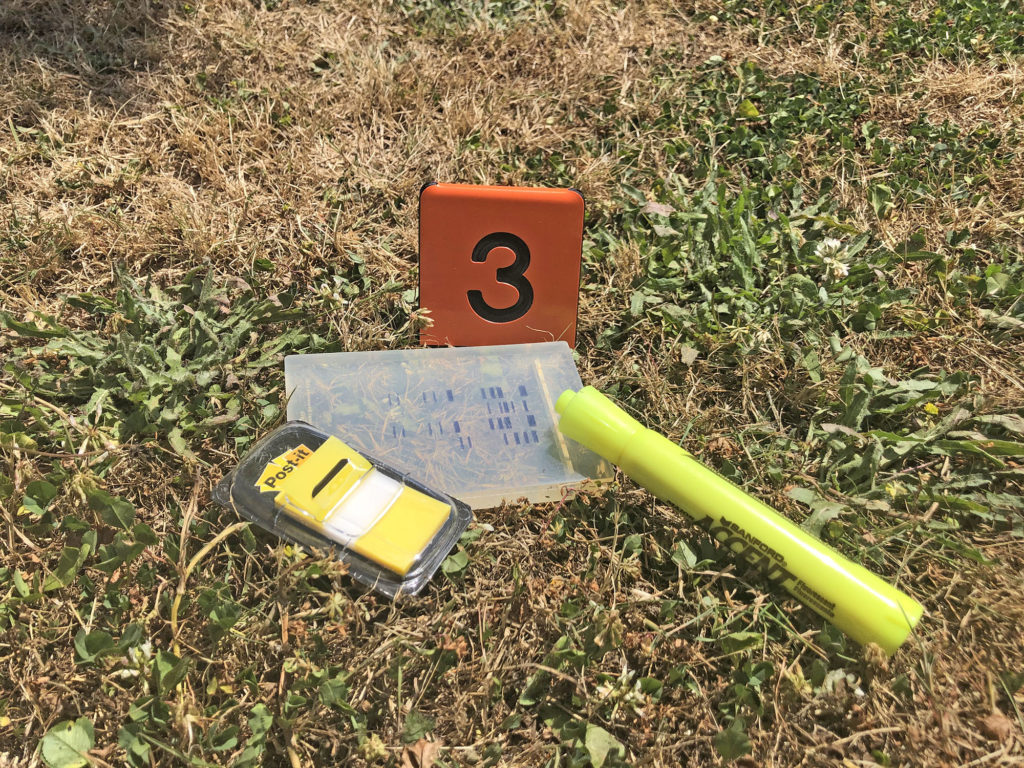
Check your knowledge. Can you:
-
match different forms of visualization with the information that is being conveyed?
-
diagram the steps involved in cutting, copying, and moving pieces of DNA?
-
describe what gene editing is, where the process originated, and the impact of precise DNA manipulation?
